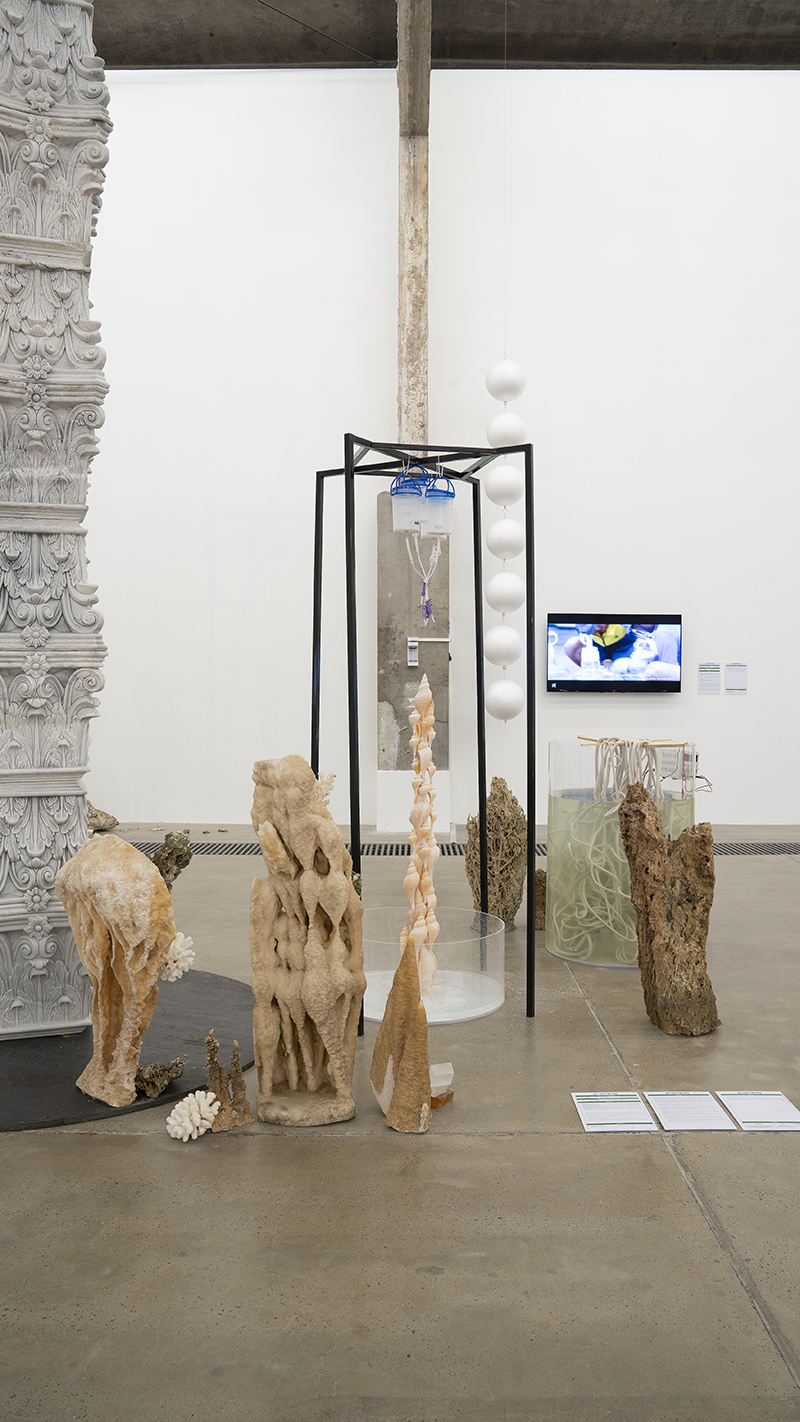 |
The Calcium Carbonate Family |
||||||||||||||||||||||||||||||||||||||||||||||||||
|
Background and Research: The primary constituent of coral reefs is the exoskeleton of coral polyps, predominantly composed of calcium carbonate, with a minor presence of organic materials. The main component of stalactites is also calcium carbonate, commonly found in the form of calcite or limestone. Stalactites are mineral deposits formed by the dripping of water, which contains a large amount of dissolved carbonate from the groundwater, in underground caves. As this water drips from the cave ceiling or walls, the calcium carbonate precipitates and gradually forms stalactites. The formation of reed tube stones is due to the vigorous growth of reeds and aquatic plants along the banks of mountain streams. The oversaturated calcium carbonate in the stream continuously envelops them, forming calcium fossil structures that resemble reed stalks, hence the name reed tube stones. They are often used for landscaping in gardens. Numerous stones are also composed of calcium carbonate. Calcite, limestone, and marble are metamorphic rocks formed from limestone under high temperatures and pressure. Naturally, clam and oyster shells are also made of calcium carbonate; in my hometown, oyster shells are calcined to produce lime for high-quality paint. Similarly, the main component of conch shells is calcium carbonate. Thus, these substances are allowed to intermingle harmoniously. Procedure: Bore a small hole into a stalactite and implant coral with a branch-like structure; it is a match as if crafted by nature itself. Immerse a coil of rope in a supersaturated solution or place it in a hot spring to acquire a reed-like stone structure resembling the rope s. By allowing a dense solution of calcium carbonate to drip from a height, one can artificially create stalactites. These stalactites can be formed in mid-air or be made to appear as if they have fallen onto a stack of books or a collection of conch shells.
|
